In the current election cycle, we hear repeated reports about how certain presidential candidates of both parties are appealing to certain demographics by both age and ethnic background. For example, although Bernie Sanders is old enough to be their grandfather, his appeal among millennials (those aged between 18 and 34) is undeniable, particularly when compared to Hillary Clinton. Changing American demographics are having an impact on the political scene and, as shown in a study by Pew, will have a growing impact on who will be most electable in the future and, ultimately, the direction that the United States will take.
Here are two figures that show the America of today and the America of the future:
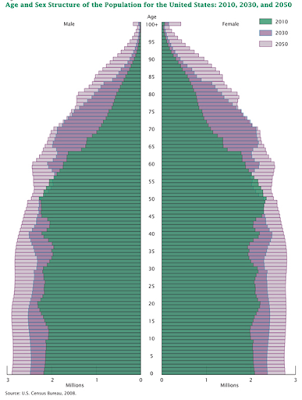
America is feeling the impact of two demographic changes at one time; age and ethnicity. The United States is and will continue to become older and less white. This demographic change is affecting the way that Americans vote; one party (the Republicans) skews older, whiter, more religious and more conservative and struggles to understand the dramatic changes in society that have taken place in the last decade while the other party (the Democrats) tend to be younger, more diverse ethnically, more secular and more liberal when it comes to social issues like gay rights, abortion and immigration. This is increasingly leading to a divided America.
As I noted above, age is increasingly having an impact on the votes of young and old Americans. In the 1970s, there was basically very little difference in how voters, both young and old, voted. That small vote gap began to grow in the 2004 election when John Kerry ran against George W. Bush and changed even more significantly in 2008 when 66 percent of 18 to 29 year olds voted for Barack Obama compared to only 45 percent for Americans aged 65 and above as shown on this graphic:
Not only have demographic changes had an impact on voting, they have resulted in a substantial shift in party philosophy and increasing political polarization as shown on this graphic:
On a ten item scale of political issues, back in 1994, only 64 percent of Republicans were to the right of a median Democrat on key economic, political and social issues. In 2014, this had risen to 92 percent. In the same way, in 1994, 70 percent of Democrats were to the left of a median Republican on the same issues as above; by 2014 this had increased to 94 percent. This has gone well past "political distaste"; a growing number of Republicans see Democrats as a threat to America's well being and vice versa as shown on this graphic:
After contemplating this information, I wondered what a political map of the United States would look like and whether the United States could be neatly geographically divided into a red portion and a blue portion as we see on this typical election map:
This next map which shows the voting results from the 2012 Presidential election, created by Mark Newman from the Department of Physics and Center for the Study of Complex Systems at the University of Michigan, goes well beyond the state-by-state red and blue map that we are accustomed to seeing in the mainstream media:
By using popular vote percentage rather than a binary representation (i.e. either red or blue), it shows us that the actual results are much more blended than we would expect, given the political polarity that appears to be the order of the day in the United States in 2016.
While it's not terribly surprising, the political shift to both sides of the spectrum has significantly impacted the candidates' message in the 2016 election cycle and accounts for some of the surprising popularity of candidates that would have been seen as long-shots in the past. As the ethnic and age factors increasingly come into play over the coming years, candidates of both parties will have to chase a moving target and a growing vote gap.
Click HERE to read more of Glen Asher's columns
You can publish this article on your website as long as you provide a link back to this page.

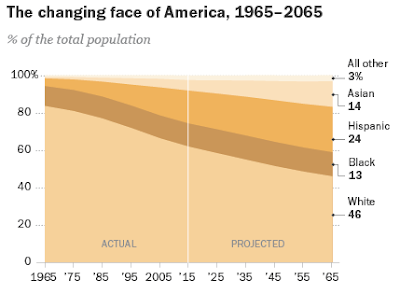
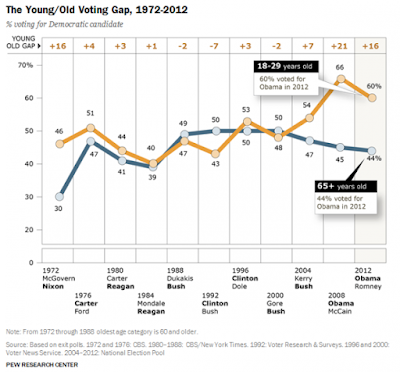

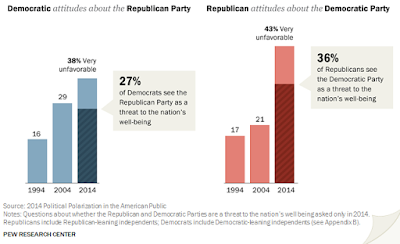
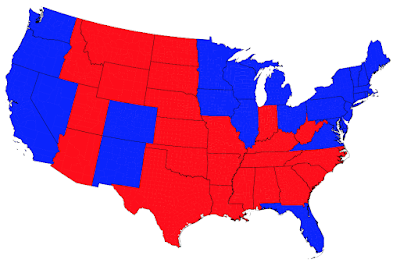
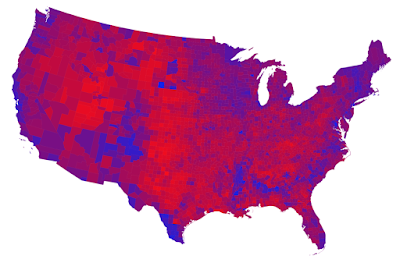
Be the first to comment